From the March 2024 issue of Apollo. Preview and subscribe here.
Over the past year, the ongoing works on the Sainsbury Wing entrance have curtailed the visibility of the National Gallery’s early Italian paintings. A reduced selection is on display in the basement exhibition space, pending the reopening of the luminous neo-Tuscan permanent galleries by Venturi and Scott Brown. Devotees of the Renaissance, however, will have been greatly cheered over the winter by the current Room 46 exhibition dedicated to the Florentine artist Pesellino. The occasion is the conservation and technical analysis of the twin cassone panels of The Story of David and Goliath and The Triumph of David, which greet the visitor in freestanding cases at the centre of the room, inviting close examination with the magnifying glasses conveniently provided. The David pictures are complemented by the artist’s Trinity altarpiece from Pistoia and half a dozen choice loans from France, America, and – nearer to home – the Courtauld Gallery.

The Story of David and Goliath (c. 1445–55), Francesco Pesellino. National Gallery, London
Pesellino died young and suddenly at the age of 35, struck down by the plague in July 1457, and any analysis of his restricted oeuvre tends to mix admiration for his precocious talents alongside wistful might-have-beens – not for nothing did Bernard Berenson label him the ‘Giorgione of Florence’. Favoured from an early age by the Medici, Pesellino moved freely in the circles of their preferred painters: he collaborated closely with Fra Filippo Lippi and almost certainly with Andrea del Castagno and Domenico Veneziano as well. But this show reinforces the sense that there was something distinctive about his trajectory that sets him apart from these contemporaries.
Writing some two decades after the painter’s death, but probably repeating a widely accepted characterisation, Cristoforo Landino praised Pesellino as ‘excellent in the composition of small things’. Two panels from the predella of the Novitiate altarpiece at Santa Croce loaned from the Louvre – painted when the artist was just over 20 – certainly convey the impression of an artist at ease with narrative invention on a small scale, content to leave the saints above to Filippo Lippi. As Nathaniel Silver notes in the catalogue, Pesellino seems to have been challenged when making the transition to painting full-scale altarpieces – technical analysis of his Virgin and Child with Saints, which did not make the journey from the Louvre, reveals the painter struggling to compose a satisfactory architectural setting. By contrast, in the pocket-sized Annunciation diptych from the Courtauld, Pesellino creates an intriguing architectural setting which skilfully edits and crops colonnades and interior vistas, drawn from Lippi’s monumental altarpiece versions, with economical assurance. He seems to have been less committed to perspectival composition than some of his contemporaries: the Miracle of Saint Sylvester (c. 1450–53) takes its chequered courtyard pavement from Domenico Veneziano’s Annunciation, painted in the previous decade, but lacks the latter’s geometric coherence.
Pesellino must have received much of his training from Pesello, the maternal grandfather who raised him and whose nickname he adopted in the diminutive form. No identifiable works by Pesello survive, for he seems to have specialised in painting banners and other celebratory ephemera for both the city of Florence and the Medici. Pesello was effectively a member of Cosimo de’ Medici’s extended household, and Pesellino seems to have inherited the family’s favour from his grandfather. Documents confirm the scale and success of Pesello’s business, which must have provided a substantial platform for Pesellino’s own career. Some of Pesellino’s hallmarks, like his ease with narrative composition and his facility with gilding and ornament, were doubtless passed on by his grandfather – although his remarkable talent for figurative design is likely to have been his own. The festive mode is captured in the unusual scene of King Melchior Sailing to the Holy Land, especially in the rich and varied attire of the king and his retinue framed by billowing sails and carefully observed rigging. This panel’s authorship is much debated and it is attributed here to Pesellino and a collaborator. One would like to know who painted the exceptional dawn sky at the top of the picture, where purple clouds touched with pink give way to a bright blue morning.
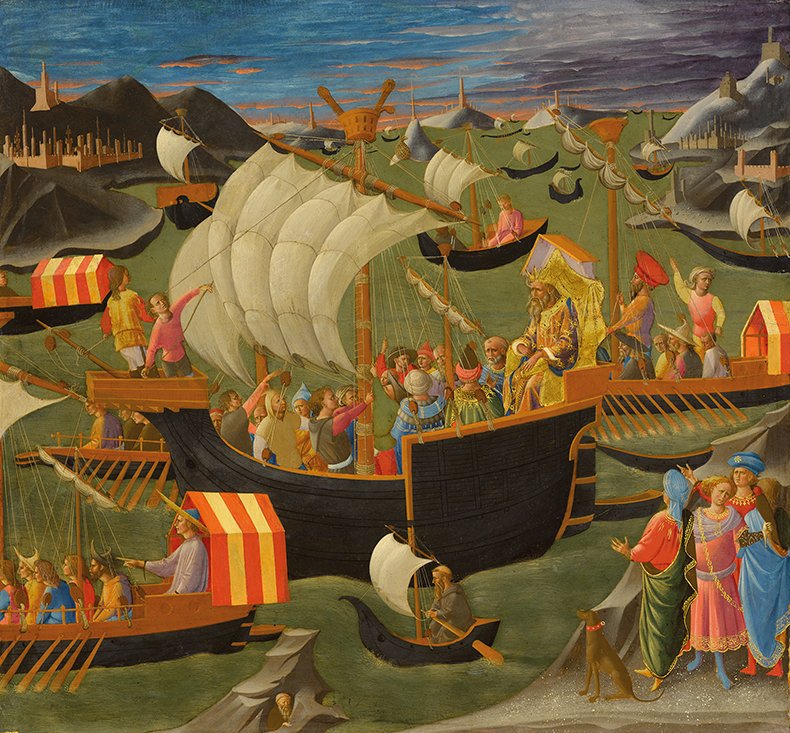
King Melchior Sailing to the Holy Land (c. 1445–50), Francesco Pesellino. Sterling and Francine Clark Art Institute, Williamstown
The stars of this show are quite rightly the freshly cleaned and conserved David panels. The removal of yellowing varnish gives these scenes a fresh legibility, allowing viewers to appreciate not only the story-telling genius on display but also the extraordinary range of surface effects deployed by the painter. In relation to the latter, recent technical analysis has produced a wealth of new insights. These will be published fully in the gallery’s technical bulletin but are discussed in preliminary form in the catalogue and – for the benefit of the visitor in the space – via a short film running in the corner of Room 46. This shows off the capabilities of the gallery’s new X-Ray Fluorescence (XRF) scanner to isolate and highlight metal leaf and other materials in image maps that can be intuitively understood. The extent and delicacy of Pesellino’s gilding on these panels is breathtaking, with a plethora of stippling, hatching and glazing techniques turning the gold leaf into a kind of parallel visual language.

The Triumph of David (c. 1445–55), Francesco Pesellino. National Gallery, London
This well-judged, jewel-like show tells the Florentine story of Pesellino’s short career better than ever before. The artist also enjoyed success with the Church in Rome, probably stimulated by the full-page miniatures he contributed to a manuscript of Silius Italicus’s epic poem about the Second Punic War, presented as a Florentine diplomatic gift to Pope Nicholas V in 1447. Three pages from the manuscript were reproduced here as a wall panel, but its current location – the Hermitage in St Petersburg – precluded a possible loan. The exhibition closes with a Trinity from Pistoia, a plum commission arranged by the city’s Medici bishop. Finally, we see Pesellino comfortable when working on a monumental scale: the angel at top left is caught mid-flight, as if leaping from a diving board in an amazing – and, it turned out, final – demonstration of Pesellino’s mastery of figurative design.
‘Pesellino: A Renaissance Master Revealed’ is at the National Gallery, London, until 10 March.
From the March 2024 issue of Apollo. Preview and subscribe here.
Unlimited access from just $16 every 3 months
Subscribe to get unlimited and exclusive access to the top art stories, interviews and exhibition reviews.

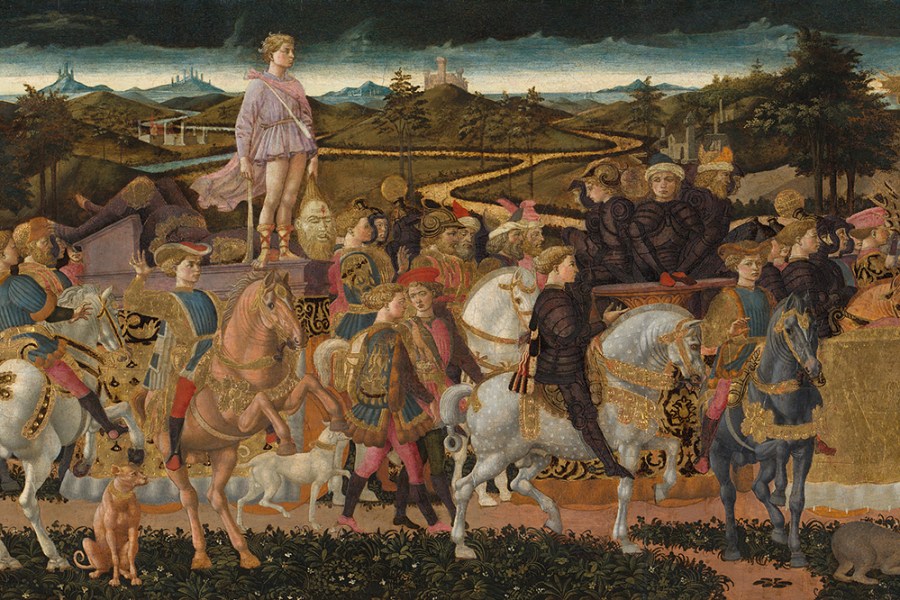
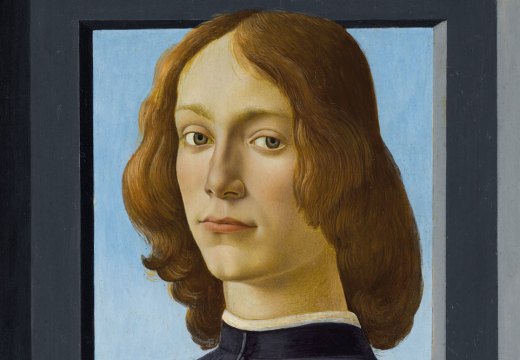
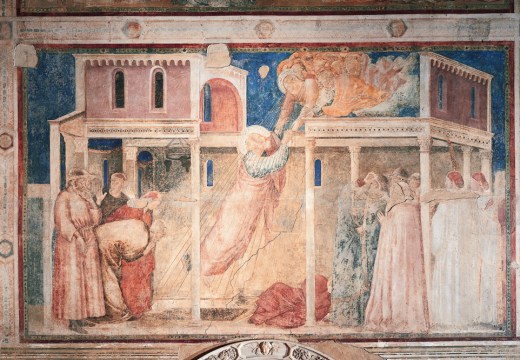
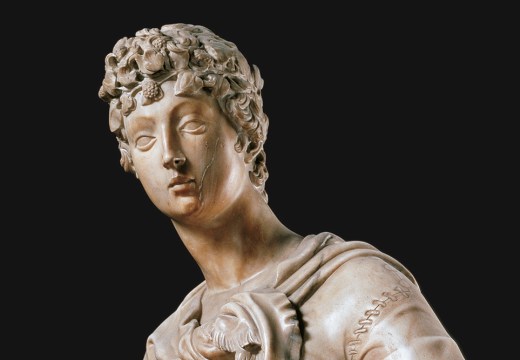









![Masterpiece [Re]discovery 2022. Photo: Ben Fisher Photography, courtesy of Masterpiece London](http://www.apollo-magazine.com/wp-content/uploads/2022/07/MPL2022_4263.jpg)
Has the Fitzwilliam lost the hang of things?